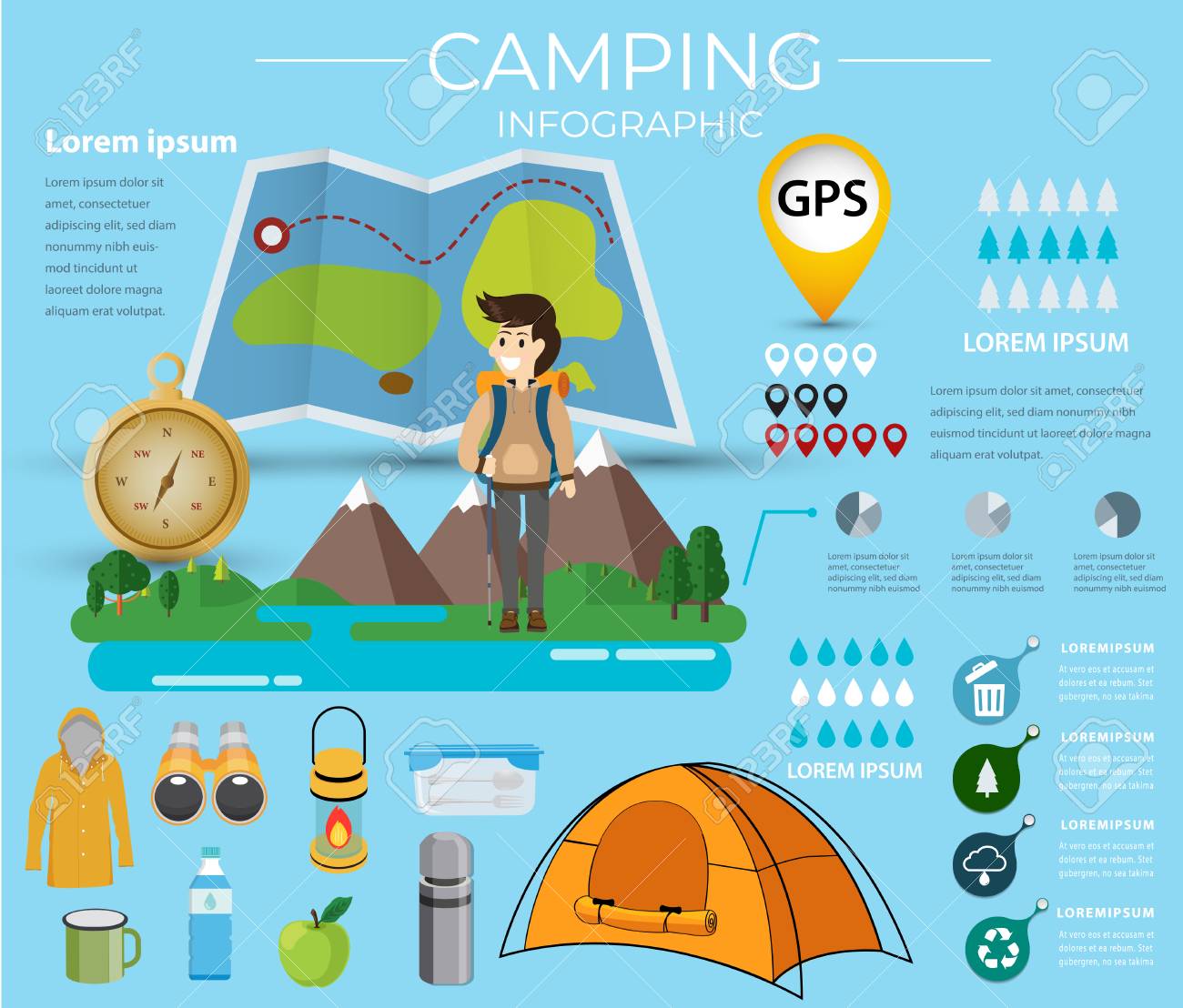Adapting To The Global Marketplace How To Sell Camping Tents Online
Adapting To The Global Marketplace How To Sell Camping Tents Online
Blog Article
Does Your Backpacking Outdoor Tents Required an Impact?
If you camp frequently in locations with rocks or sharp downed branches or simply despise storing a wet, sloppy tent, after that an impact is most definitely worth taking into consideration. Impacts are also reasonably inexpensive compared to a new camping tent.
What do you call a campsite without a tent?
Many outdoor tents makers use their own specific impacts, which are cut to the specific size of the tent flooring. However, you can make one on your own with a light-weight material like polycryo or tyvek.
Weather
Whether or not you require a footprint actually relies on the problems you'll be camping in. If you're backpacking in an area where the ground is normally damp (it's pretty much inescapable), a tent impact can be a useful addition to your set, as it will avoid your outdoor tents floor from coming to be soggy.
Nevertheless, if the footprint is also big it can function as a moisture trap and possibly allow water to swimming pool under your outdoor tents. This can be prevented by ensuring the footprint is cut a little smaller sized than your camping tent on all sides.
Typically talking, it's ideal to obtain a footprint from the same manufacturer as your camping tent to ensure an exact fit. They also often tend to be made from thicker, much more sturdy materials than do it yourself alternatives. They can be expensive for something whose sole objective is to secure the ground beneath your tent, yet it can be a beneficial investment if you care about the longevity of your equipment.
Terrain
Several top quality outdoors tents can work well without an impact, specifically those that have bathtub floors made from sturdy products. Nevertheless, the surface you trek on can have a substantial influence on exactly how promptly your tent floor wears. Granite pieces, sandstone and various other sturdy surface areas put on with all-time low of your outdoor tents quicker than grassy fields or forest floors.
An impact or ground cloth assists expand the life of your outdoor tents by serving as an obstacle between the ground and the sewn-in groundsheet of your outdoor tents, claims REI senior sales expert Elizabeth Nguyen. It likewise safeguards the outdoor tents from unpleasant components like sharp branches and rugged rocks that can pierce or tear the sewn-in flooring. When picking a footprint for your camping tent, it is very important house tents to live in to guarantee it's a little smaller than the tent on all sides. This avoids water from pooling in between the tent and footprint throughout a rainstorm, which can permeate right into your camping tent. The most effective option for a footprint is to purchase one created for your details outdoor tents, which will ensure a tight fit.
Outdoors Tents with Reduced Deniers and Waterproof Ratings
Whether you're a casual backpacker or a hardcore traveler, the durability level of your outdoor tents is a vital factor to consider. Tents created to be ultralight, approaching minimalist, typically compromise some degree of toughness in the fabric and products used.
One textile spec you'll experience is denier, which refers to the weight in grams of a 9,000-meter size of yarn that makes up the outdoor tents's canopy, rainfly, and/or floor. A greater denier spec indicates much more sturdy textiles, while lower numbers show lighter and less resilient textiles.
Other specifications to look at consist of flooring measurements, vestibule size, and indoor pockets. The previous reflects the total square-footage that can be used for comfortable space, while the latter can play a role in storage space by providing an area to tuck away gear over night and in bad weather. Ventilation is likewise a vital aspect; as you breathe out wetness throughout rest, it requires to leave, or condensation might build up inside. Attributes such as mesh home windows and panels and adjustable rainfly doors assist raise ventilation and avoid this from happening.
The Expense
The price of a tent can influence its efficiency, and it is also vital to think about how much you can afford to invest. Backpackers looking for a lightweight sanctuary needs to go for a camping tent with a livability ranking of a minimum of 2 stars, and when possible, 3 or more.
Livability refers to exactly how roomy a camping tent really feels, with headroom and flooring dimensions playing a big function. Historically, backpacking tents used considerably sloped wall surfaces and marginal space to save weight, however contemporary materials enable designers to offer even more convenience while maintaining weight low.
Storage is an additional variable to consider, with vestibules and a quick-pitching design helping reduce arrangement time. In addition, the type of fabric finishing and just how the outdoor tents is stored can influence long life. As an example, a PU coating that breaks down more quickly when wet, or is subject to repeated cycles of stowing and un-stowing, can significantly shorten the life expectancy of a camping tent. In a similar way, making use of a customized footprint instead of packing a tent in a slipshod way will certainly also extend its lifespan.
What is the best wall tent?
